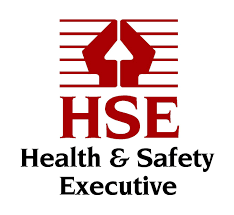Wood dust can cause serious and often irreversible health problems, including sino-nasal cancer, asthma, as well as dermatitis. As wood dust is hazardous to health, employers have a legal responsibility to prevent or adequately control exposure in the workplace. Wood dust is often overlooked by employers and is not recognised as a serious hazard. For this reason, throughout 2023/24 the HSE is inspecting a variety of woodworking businesses, as part of its strategy to reduce cases of work related ill health, and to combat the devastating impact occupational lung disease has on workers’ lives. Inspectors will check that woodwork is planned correctly to minimise risk; and that adequate control measures are in place to protect workers’ health.
In 2022/23, the HSE carried out more than 1,000 woodworking inspections and found 78% of businesses were not compliant in protecting workers from respiratory sensitisers (primarily hardwood, softwood and composite material’s dust). This resulted in 402 enforcement actions taken by HSE.
The main areas of concern identified by the HSE were:

1. Dry sweeping. Avoid dry sweeping and using compressed airlines when cleaning up as these will just create dust clouds and redistribute the dust. Use vacuum equipment that meets at least the dust class M (medium hazard) classification or a suction hose attached to the LEV system.

2. Local Exhaust Ventilation (LEV). Control wood dust at source as it is produced, and prevent it spreading into the workplace, by the use of fixed LEV. We have advice about LEV design and management in the download below.

3. Face fit testing. Workers have varying sizes and shapes of faces, so a face ‘fit test’ is needed to ensure any tight fitting respirator is effective for the individual worker. Facial hair or glasses tend to lift the respirator off the face and permit inward leakage of contaminated air.
4.Health Surveillance. Woodworking employers have a legal duty to provide health surveillance as there is a disease associated with wood dust.
Health surveillance is necessary when:
- there is a disease associated with the substance in use (eg asthma, dermatitis, cancers);
- it is possible to detect the disease or adverse change and reduce the risk of further harm;
- the conditions in the workplace make it likely that the disease will appear.
Need further information?
The HSE have produced a useful information sheet on the risks from wood dust and how they can be controlled. Alternatively, please feel free to contact us for further support.

